As a dedicated music student, you understand the importance of consistent practice in developing your skills and reaching your full potential. However, it's not just about putting in the hours; it is about making each practice session count. This is where music practice charts come into play. By tracking your progress and setting clear goals, you can unlock the power of practice and achieve your musical aspirations faster than ever before.
What is a Music Practice Chart and Why is it Essential?
A music practice chart is a simple yet powerful tool that helps you organize and track your practice sessions. It typically includes fields for the date, duration, focus areas, and notes on progress or challenges. By using a practice chart, you can:
- Set specific, measurable goals for each practice session
- Break down complex pieces into manageable chunks
- Monitor your progress over time
- Identify areas that need extra attention
- Stay motivated by celebrating your achievements

Key Elements of an Effective Music Practice Chart
To get the most out of your practice chart, it should include the following elements:
- Date and duration of each practice session
- Specific goals or focus areas for each session
- Space for notes on progress, challenges, or insights
- A way to track repetitions or time spent on each task
- Milestones or rewards for reaching specific goals

How to Use Practice Charts to Maximize Progress
Set clear goals: Before each practice session, identify what you want to accomplish. Be specific and realistic, such as "Learn measures 1-8 of the new piece at 60 bpm."
Break down tasks: Divide complex pieces or techniques into smaller, manageable chunks. This makes the learning process less overwhelming and allows you to focus on one aspect at a time.
Track time and repetitions: Use your practice chart to log the time spent on each task and the number of repetitions completed. This helps you monitor your progress and ensures you are dedicating enough time to each focus area.
Celebrate milestones: Set milestones for yourself and reward your hard work when you reach them. This could be mastering a difficult passage, memorizing a piece, or increasing your speed. Celebrating your achievements keeps you motivated and reinforces the value of consistent practice.

How Practicing Musician Supports Effective Practice Tracking
At Practicing Musician, we understand the importance of effective practice habits in becoming a skilled musician. That is why we have built a comprehensive online learning platform that empowers students to track their progress and achieve their goals. Our learning management system allows students to easily log practice sessions, set goals, and monitor their progress over time. With a library of over 3,500 video tutorials, sheet music, and assignments, students can focus on specific techniques or pieces and track their improvement. Our peer-reviewed content, developed by experienced educators, ensures that students are learning the right skills in the right order. By offering accessible, high-quality music education, we are committed to helping students become well-rounded musicians and lifelong learners.
Incorporating a music practice chart into your routine is a simple but powerful way to maximize your progress and reach your musical goals. By setting clear objectives, breaking down tasks, tracking your time and repetitions, and celebrating your milestones, you will be amazed at how quickly your skills improve. At Practicing Musician, we are dedicated to providing the tools and resources you need to unlock the power of practice and become the musician you have always dreamed of being. So, grab your instrument, create your practice chart, and start your journey to musical mastery today!







Leave A Comment
You must be logged in to post a comment.